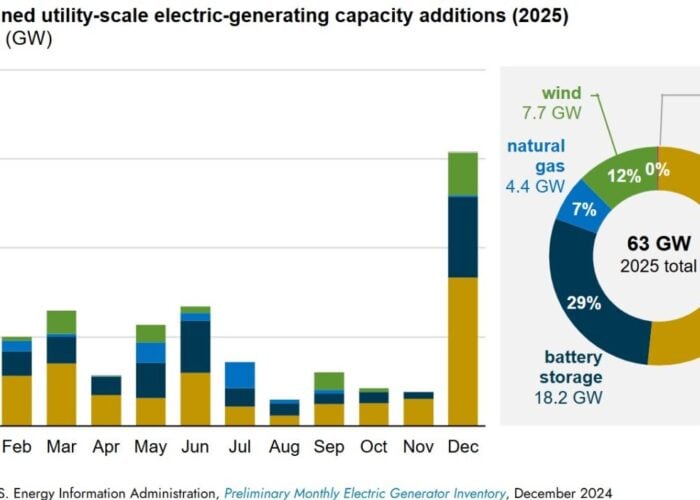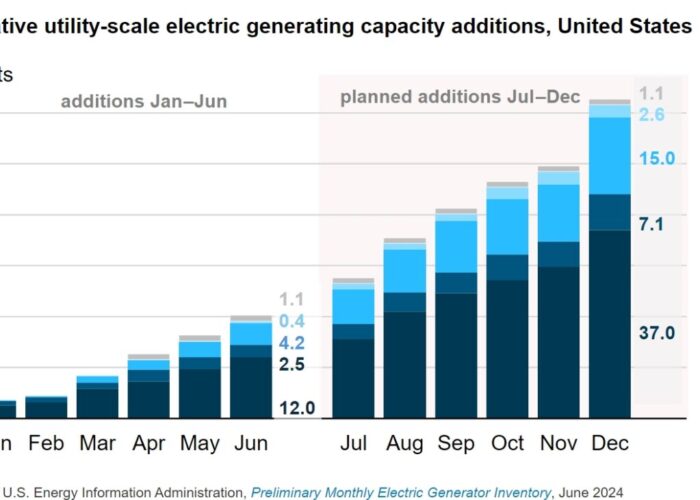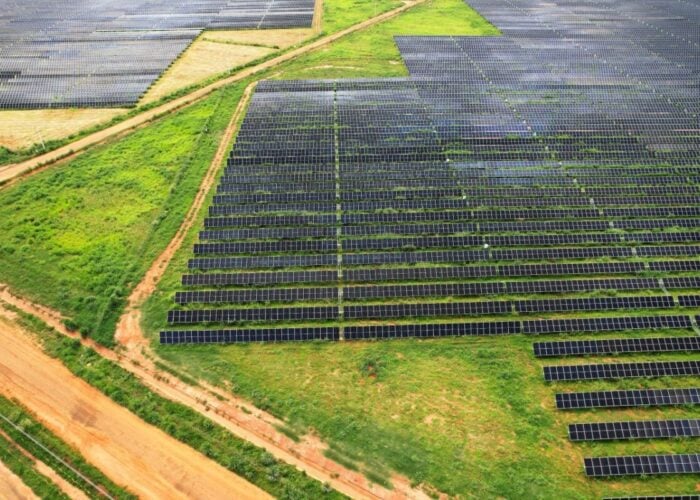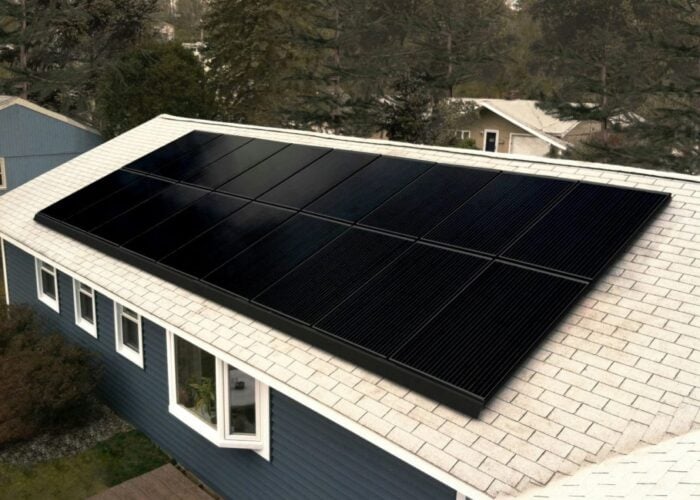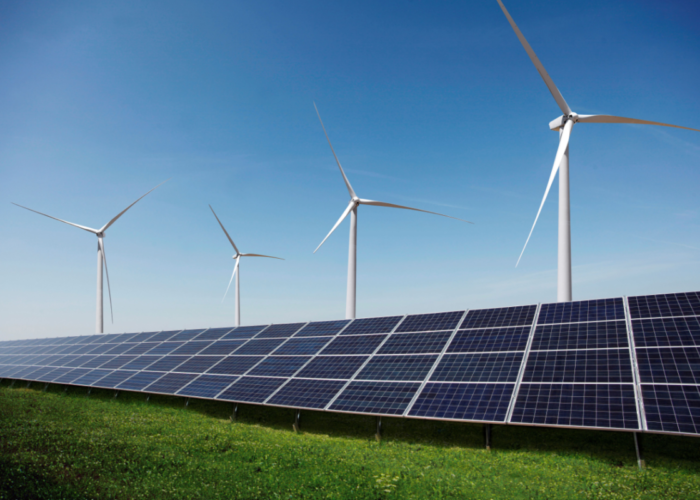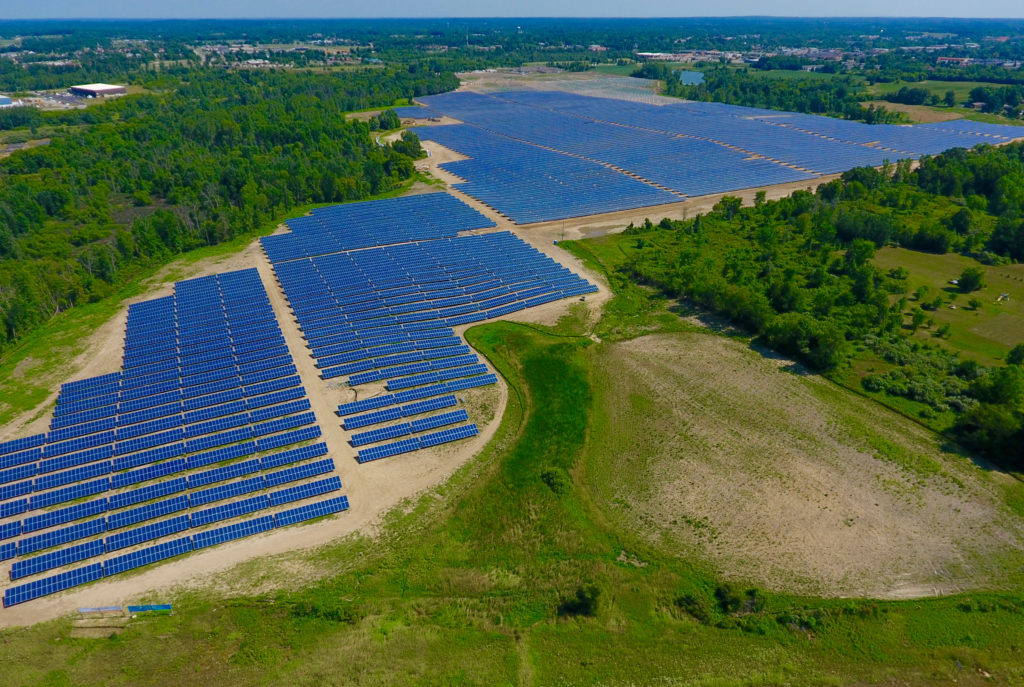
Solar PV generation in the US during the first nine months of the year jumped 26.1% year-on-year according to the country’s Energy Information Administration (EIA) latest report.
Data from its “Electric Power Monthly” shows solar PV increased its electricity generation in September by 21.02% compared to the same time last year while other renewables were down in September 2022. Almost 655MW of utility-scale solar PV capacity was added in September 2022.
Unlock unlimited access for 12 whole months of distinctive global analysis
Photovoltaics International is now included.
- Regular insight and analysis of the industry’s biggest developments
- In-depth interviews with the industry’s leading figures
- Unlimited digital access to the PV Tech Power journal catalogue
- Unlimited digital access to the Photovoltaics International journal catalogue
- Access to more than 1,000 technical papers
- Discounts on Solar Media’s portfolio of events, in-person and virtual
Despite a strong growth from renewable generation capacity during the first three quarters, EIA’s data suggest a possible slowdown for Q4, according to research organisation SUN DAY Campaign.
The EIA forecasts that renewables will provide 22% of US electrical generation 2022, up 20% from the previous year, according to Ken Bossong, executive director at SUN DAY Campaign, adding “While they presently are ahead of that level, a slowdown in generation by wind and hydropower during the last quarter of this year could result in renewables falling short of that mark while still exceeding their 2021 record output.”
Even though solar capacity generation was up in September, the deployment of utility-scale solar during Q3 2022 fell 23% in comparison with Q3 2021 due to customs delays to procure modules since the application of the Uyghur Forced Labor Prevention Act (UFLPA).
That is a downward trend that is expected to continue through 2023, before the benefits of the Inflation Reduction Act start to kick in by 2024.

